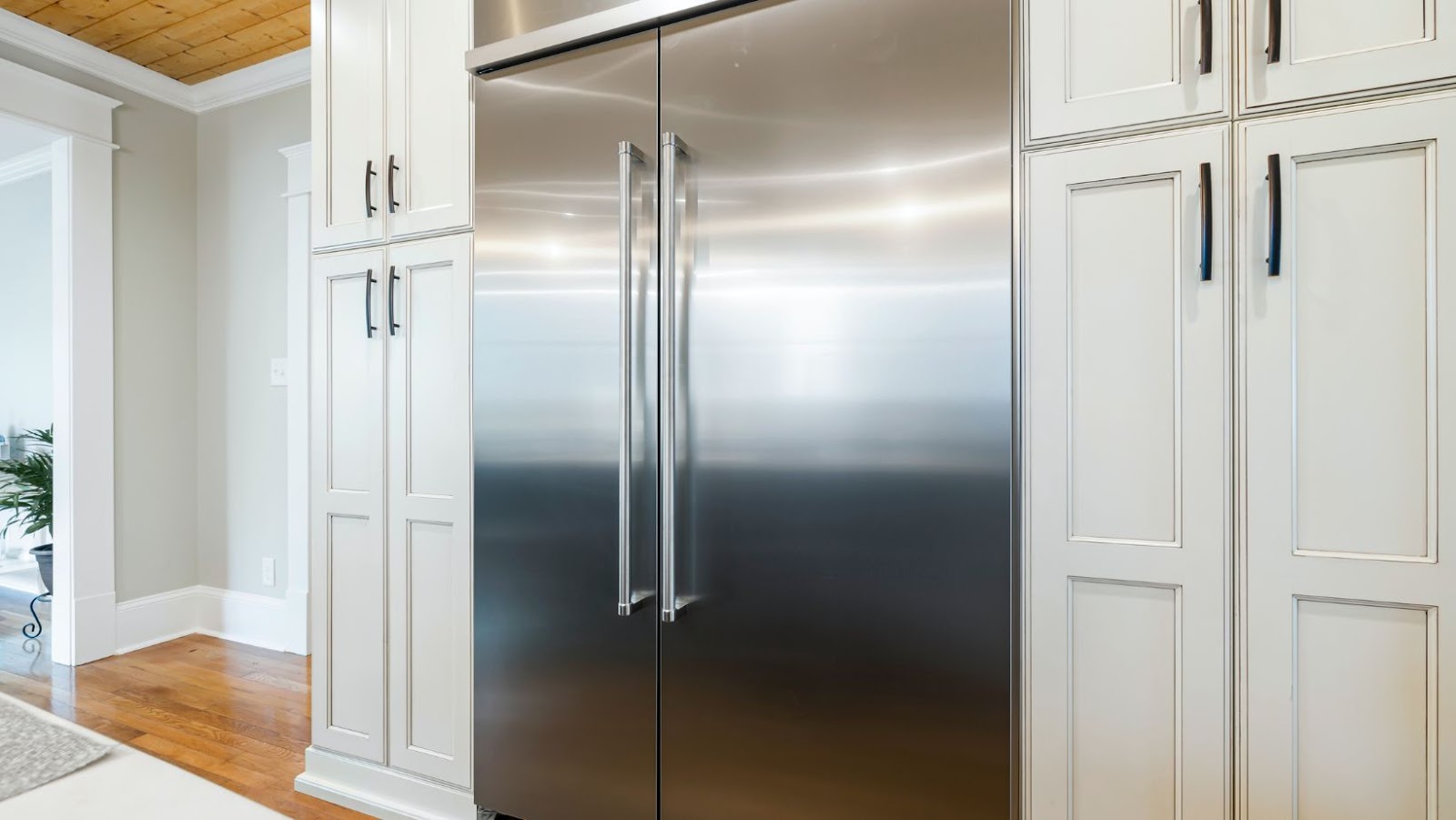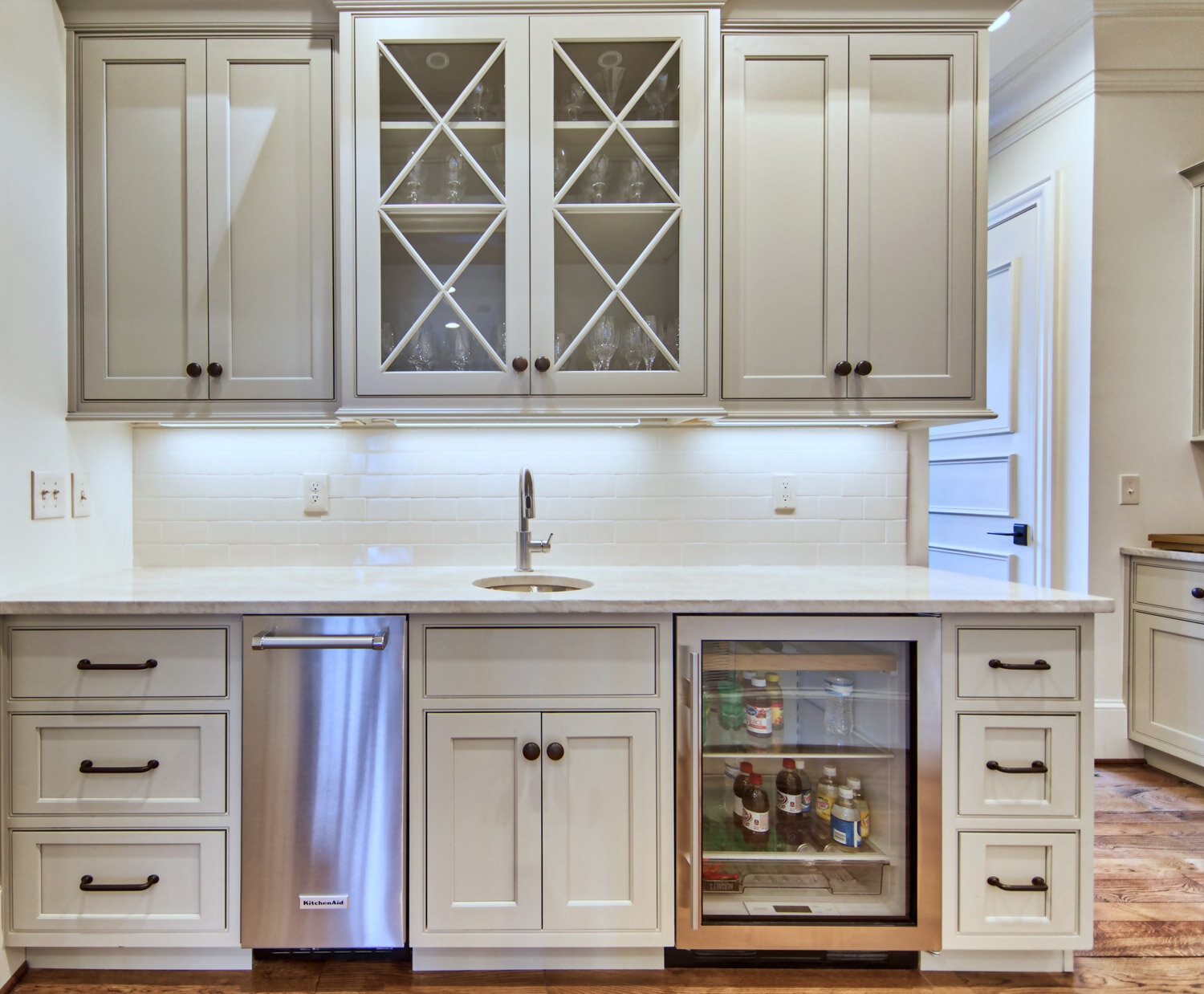Types of Home Hardware Cabinet Doors

Choosing the right cabinet doors can dramatically impact your kitchen’s aesthetic and functionality. The material, style, and overall design all contribute to the final look and feel, influencing everything from durability to maintenance needs. Let’s explore the diverse options available to help you make an informed decision.
Cabinet Door Materials
The material of your cabinet doors significantly impacts their durability, maintenance requirements, and overall aesthetic. Each material offers a unique set of advantages and disadvantages.
| Material | Style Examples | Pros | Cons |
|---|---|---|---|
| Wood | Shaker, Raised Panel, Flat Panel, Inset | Classic look, durable, can be stained or painted, easily repaired | Expensive, requires regular maintenance (e.g., sealing, polishing), susceptible to moisture damage |
| Metal | Flat Panel, Shaker | Durable, resistant to moisture and scratches, modern aesthetic | Can dent or scratch, may require special cleaning products, can be cold to the touch |
| Glass | Flat Panel, Frameless | Adds light and visual interest, modern and contemporary look | Fragile, requires careful handling, prone to fingerprints and smudges, may not be suitable for all kitchen styles |
| Thermofoil | Shaker, Raised Panel, Flat Panel | Affordable, durable, easy to clean, resistant to moisture | Can look less high-end than wood, may chip or peel over time, limited color options |
Cabinet Door Styles
Cabinet door styles significantly influence the overall kitchen design. From traditional to modern, the style you choose will set the tone for the entire space.
| Style | Description | Suitable Kitchen Designs | Example |
|---|---|---|---|
| Shaker | Simple, clean lines with a recessed center panel. | Transitional, modern, farmhouse | Imagine a clean, minimalist kitchen with simple, straight lines. The Shaker style fits seamlessly into this setting. |
| Raised Panel | Features a raised center panel, adding depth and dimension. | Traditional, classic, formal | Picture a more ornate kitchen, perhaps with crown molding and detailed backsplash. The raised panel doors would complement the richness of this design. |
| Flat Panel | Features a completely flat surface, creating a sleek and modern look. | Modern, contemporary, minimalist | Envision a contemporary kitchen with stainless steel appliances and clean lines. The flat panel doors would enhance this sleek, minimalist aesthetic. |
| Inset | The door is set within the frame, creating a seamless and sophisticated look. | Traditional, custom, high-end | Consider a luxurious kitchen with custom cabinetry and high-end finishes. The inset style doors add a level of sophistication and elegance. |
Choosing the Right Cabinet Doors for Your Home

Transforming your kitchen? New cabinet doors are a fantastic way to achieve a stunning update without a full-scale renovation. But with so many styles, materials, and finishes available, choosing the right ones can feel overwhelming. This guide will help you navigate the process, ensuring your new doors perfectly complement your style and budget.
Choosing the perfect cabinet doors involves careful consideration of several key factors. Budget constraints, the existing kitchen’s style, and personal preferences all play a crucial role in the decision-making process. Understanding these elements will guide you towards a selection that enhances both the aesthetics and functionality of your kitchen.
Budget Considerations
Setting a realistic budget is the first step. Cabinet doors range widely in price, depending on the material (solid wood, MDF, veneer), construction (frameless, framed), and finishing (paint, stain, lacquer). Consider factoring in the cost of installation, as well as any necessary hardware changes. For instance, a budget of $500-$1000 might allow for MDF doors with a simple finish, while a higher budget of $2000-$5000 could open up possibilities for high-quality solid wood doors with custom details. Remember to research pricing from multiple suppliers before committing to a purchase.
Kitchen Style and Cabinet Door Styles
Your kitchen’s existing style heavily influences the appropriate cabinet door choice. A modern kitchen might benefit from sleek, minimalist slab doors, while a traditional kitchen might call for raised-panel or shaker-style doors. Consider the overall color palette and existing hardware. For example, a farmhouse kitchen might pair beautifully with distressed white shaker doors and brushed nickel hardware, creating a warm and inviting atmosphere. Conversely, a contemporary kitchen might showcase sleek, flat-panel doors in a dark gray or charcoal finish, complemented by minimalist black hardware. Matching the style of the cabinet doors to the overall kitchen design ensures a cohesive and visually appealing result.
Measuring Existing Cabinets for Accurate Fit
Accurate measurements are crucial for a seamless installation. Improper measurements can lead to gaps, misalignment, and an unprofessional finish. Follow these steps for precise measurements:
- Measure the Height: Measure the height of each cabinet door from top to bottom, in multiple places to account for any inconsistencies.
- Measure the Width: Measure the width of each cabinet door from left to right, again in multiple places.
- Measure the Depth: Measure the depth of each cabinet door, noting any variations.
- Note the Hinge Placement: Carefully observe the location of existing hinges. This information is essential for ensuring the new doors align correctly.
- Record all Measurements: Keep detailed records of your measurements, including cabinet number and corresponding dimensions. A labelled sketch can be incredibly helpful.
It is vital to measure each cabinet individually as variations in cabinet size are common, even within the same kitchen. Double-checking your measurements is always recommended before ordering your new doors.
Kitchen Design Examples
Here are three distinct kitchen design concepts showcasing different cabinet door styles and materials:
Modern Minimalist Kitchen
[Image description: A sleek, modern kitchen with flat-panel, high-gloss white cabinet doors. The countertops are a smooth, dark gray quartz, and the backsplash is a simple white subway tile. Stainless steel appliances and minimalist chrome hardware complete the look. The overall aesthetic is clean, sophisticated, and functional.]
Rustic Farmhouse Kitchen
[Image description: A warm, inviting kitchen featuring shaker-style cabinet doors in a distressed white finish. The countertops are a light-colored butcher block, and the backsplash is a mix of white and gray subway tiles with a subtle pattern. The hardware is brushed nickel, and open shelving adds to the rustic charm. The overall feel is cozy, traditional, and practical.]
Transitional Kitchen
[Image description: A balanced kitchen design blending modern and traditional elements. The cabinets feature raised-panel doors in a warm, medium-toned wood stain. The countertops are a light beige granite, and the backsplash is a subtle patterned tile. The hardware is a mix of brushed brass and black, creating a sophisticated contrast. The overall style is elegant, refined, and timeless.]
Installation and Maintenance of Home Hardware Cabinet Doors

Replacing or installing new cabinet doors can dramatically upgrade your kitchen or bathroom. A successful project hinges on careful planning, the right tools, and a methodical approach. Proper maintenance, in turn, ensures your investment lasts for years to come.
Cabinet Door Installation: A Step-by-Step Guide, Home hardware cabinet doors
Installing new cabinet doors is a manageable DIY project, but preparation is key. Having the correct tools and following a clear process will ensure a smooth installation and a professional-looking finish.
- Gather Your Tools and Materials: Before you begin, ensure you have all the necessary tools, including a screwdriver (Phillips and flathead), drill with various drill bits, measuring tape, level, pencil, safety glasses, and potentially a jigsaw or router depending on the type of door and existing cabinet configuration. You’ll also need the new cabinet doors, hinges, and any necessary screws.
- Remove Old Doors (If Applicable): Carefully remove the existing cabinet doors, noting the hinge placement and any specific adjustments made. Take photos if needed to aid in reinstalling the hinges on the new doors. This is crucial for a consistent look.
- Install New Hinges: Attach the hinges to the new cabinet doors and the cabinet frames, ensuring they are level and aligned. Pre-drilling pilot holes is recommended to prevent splitting the wood. Use a level to check for accurate alignment.
- Attach Cabinet Doors: Carefully hang the new doors onto the hinges, ensuring they are properly seated and aligned. Adjust the hinges as needed to achieve a perfect fit and even gap between the doors and the cabinet frame.
- Test and Adjust: Open and close the doors several times to check for smooth operation and proper alignment. Make any necessary adjustments to the hinges until the doors function flawlessly. Ensure there are no gaps or misalignments.
Troubleshooting Common Installation Problems
Even with careful planning, some issues might arise during installation. Being prepared for these common problems will save you time and frustration.
- Doors Don’t Align Properly: This is often due to incorrect hinge placement or uneven cabinet frames. Carefully check the hinge alignment and use shims to level the cabinet frame if necessary.
- Doors Are Difficult to Open or Close: This might be caused by improperly adjusted hinges or interference from other cabinet components. Check for any obstructions and adjust the hinges to ensure smooth operation.
- Doors Don’t Close Flush: Uneven cabinet frames or incorrectly installed hinges can cause this problem. Again, check for levelness and adjust the hinges as needed to ensure a tight fit.
Maintaining and Cleaning Cabinet Doors
Regular cleaning and maintenance will prolong the life and beauty of your cabinet doors. The cleaning method depends on the material of the doors.
- Wood Doors: Clean regularly with a soft cloth dampened with mild soap and water. Avoid harsh chemicals or abrasive cleaners. Apply wood polish occasionally to maintain the finish.
- Laminate Doors: These are easy to clean and can tolerate most household cleaners. Use a damp cloth and mild detergent, avoiding abrasive cleaners.
- Painted Doors: Clean with a soft cloth and mild soap and water. Avoid harsh chemicals or abrasive cleaners, which can damage the paint finish.
- Glass Doors: Clean with glass cleaner and a soft cloth. Avoid harsh chemicals or abrasive cleaners that could scratch the glass.
Creating a Cabinet Door Maintenance Schedule
A simple schedule ensures your doors stay looking their best.
- Weekly: Wipe down doors with a damp cloth to remove dust and fingerprints.
- Monthly: More thorough cleaning with appropriate cleaner for the door material.
- Annually: Inspect hinges for tightness and lubricate if needed. Check for any damage and address minor repairs promptly. Consider a professional cleaning for intricate details or difficult-to-reach areas.
